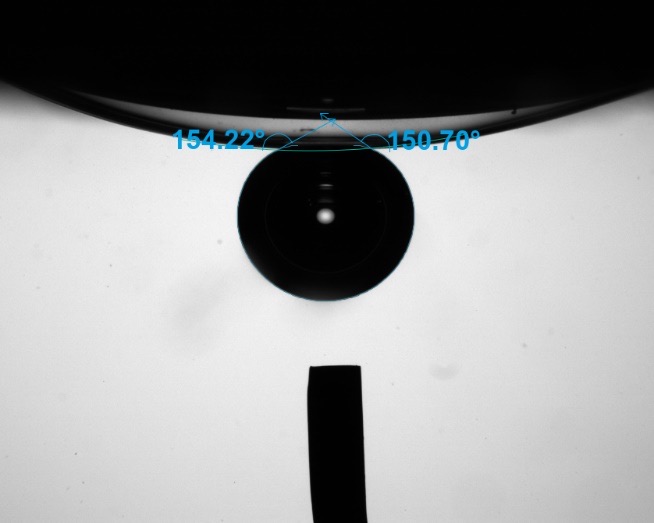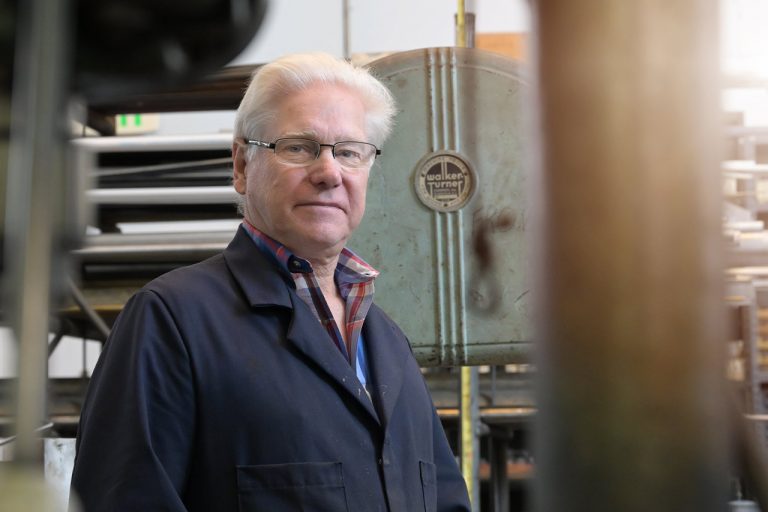Monovision – not just about principles!

While some people only approach the subject of monovision at arm’s length, and would probably prefer to erase it completely from textbooks, people’s heads and in practice – for others monovision is the obvious solution! So let’s take a closer look at the topic.
For anyone who performs an eye exam today, besides the standard increments of 0.25 D, increments of 0.12 D are also available. And in the past few years, it has been possible to be even more precise: not only has it become possible to perform eye exams within a range of 0.01 D, but also to produce the corresponding spectacle lenses as well. Examples of this are the systems from Essilor (AVA) and Rodenstock (BIG). The trend towards wavefront-optimized lenses and the measurement of higher-order aberrations of the eye is also progressing. So how does this fit in with a contact lens fitting method that deliberately avoids binocular full correction? On the one hand, we are trying to squeeze out the last drop of visual acuity during spectacle refraction, but we are then giving this away three times over during contact lens fitting?
It’s almost like smoothing a road with a rolling pin until it is as flat as a pancake, only to drive over it again afterwards with a tank. But what is the use to a customer of potentially fantastic vision through a spectacle lens, if he simply doesn’t want to wear glasses? Some patients already feel restricted by the spectacle frame and simply don’t want to wear anything in front of their face – however trendy this might be.
What does my patient really want?
This is the often fine line between success and failure in contact lens fitting: the needs assessment. If you don’t take the trouble to listen carefully here, and get bogged down in textbook examples, you’ll get to a point in the fitting process where the frustration of the presbyopia patient becomes palpable. At the end of the day, the motivation of the contact lens wearer has an essential part to play. After all, vision is a dynamic process. Thus, a product should be fitted that the patient is at ease with. The patient should be what determines the approach – not just principles.
The initial situation is also a relevant factor: Has the new member of the presbyopia community worn glasses before, or is he being confronted with them for the first time? Unfortunately, in the latter case among some people, glasses still have an image that is closely associated with growing older. So if the aversion to wearing glasses is high, and the desire for perfect vision low, the customer may well be prepared to forgo full binocular correction.
The ideal situation is when a contact lens patient becomes presbyopic and does not even notice it, because the fitter has already provided him with contact lenses that are optimal for him – and this might include monovision.
But many contact lens manufacturers now have better and better options in their arsenals for people with presbyopia, which in turn is pushing monovision further back in daily practice. Today it is easier to switch to an appropriate multifocal design at an early stage than to stay with monovision.
Let’s look at the fitting of monovision contact lenses:
Whereas in the past this correction was used by optometrists in Europe rather at arm’s length, it still remains widespread in the USA, for example, even though its popularity is steadily declining. On the other hand, however, it is being increasingly used by German eyecare professionals as an appropriate solution for patients who are getting on in years. For an existing contact lens user, it is a fast and easy way of providing him with a reading aid. Assuming a spontaneous positive reaction to monovision, a trial prescription is thus the first step and may be determinant for the subsequent procedure. In the case of higher addition, or a negative reaction to monovision, the patient should be fitted with multifocal or bifocal contact lenses.
As mentioned earlier, many patients do not need (or want) 100% full vision correction for incipient or advanced presbyopia. Here a thorough needs assessment is critical to success. The fitter first needs to select the appropriate candidates. For an optometrist whose day-to-day work is not primarily to do with fitting contact lenses, further selection should take place at the start, so that it does not remain with the initial prescription; rather success should be judged over several years. Patients with dry-eye symptoms, very high correction values, anisometropia or corneal anomalies should be referred to a very experienced fitter.
Monovision correction has established itself as a reliable method for clients with low to moderate additions of approx. 0.75 to 1.25 D, with a clear distinction between their dominant and non-dominant eyes. The dominant eye is then fitted with full correction for distance, and the non-dominant eye corrected for near sight. The adjustment of the dominant eye for distance is important so as not to impair spatial awareness or motor skills. Furthermore, specific aspects of the different visual defects need to be taken into account.
Some contact lens wearers, who are used to having excellent distance vision, when fully corrected may be reluctant to give up some of it in favor of improved near sight. This is often true of people with myopia. Whereas people with hyperopia are glad to benefit from any improvement in their near sight.
Most patients are happy with their results in everyday life. About 80% of the daytime can be managed successfully without any additional visual aid. Only for prolonged reading, reading in a dim light or reading small print are reading glasses still needed. Some people may also need glasses when driving at night on longer journeys.
Addition 2.00. And then what?
But what happens next? After a patient has initially been fitted with monovision or multifocal contact lenses, with advancing years and the inevitable need for additional correction, the fitter will be presented with new challenges. These are not so easy to overcome.
In the past, the industry has come up with new products, but a real breakthrough especially for high addition has not been among them. Customized soft lenses, RGPs as well as hybrid systems all look promising. A tandem solution of a bifocal hard lens built into a “pocket” of a more comfortable soft lens has also been discussed. Besides this, there are also many offers in the form of training courses and seminars from the industry for their particular current contact lens types.







